This post may include affiliate links.
If you make a purchase, I'll earn a small fee at no extra cost to you.
Cover crops are a sustainable agricultural practice that works magic in the home garden. By incorporating cover crops, you can naturally restore soil health, prevent pests and disease, and control weeds. They’re a great natural method for improving plant health and increasing yields when it’s harvest time.
What are Cover Crops?
Cover crops are traditionally used in agriculture for the purpose of “covering” the soil. They’re usually considered off season crops, often grown during the winter, that protect the soil and restore nutrients for the main growing season.
While cover crops are typically associated with larger-scale agriculture, they have a lot of advantages for the small home garden too! Vegetable or flower gardens can both benefit from using cover crops during more dormant seasons.
Cover Crop Benefits for the Home Garden
There’s a reason cover crops play such a critical role in farming. They offer numerous important benefits to the soil and subsequent plantings. The same benefits can make a huge difference in the health of your home garden too.
1. Prevent Soil Erosion
Worried about soil erosion in your home garden? Cover crops to the rescue! By covering the soil, cover crops protect the soil from erosion from wind and rain (and melting snow!).
Cover crops have dense root systems that literally hold the soil together. All that healthy soil will still be in place when it’s time to replant your garden in the spring.
2. Control Weeds
Cover crops choke out weeds and prevent your home garden from becoming overrun with pesky plants during the off season. Some ground cover varieties (like buckwheat, mustards, radishes, and winter rye) also have roots that produce chemical compounds that deter weeds (an effect called allelopathy).
3. Attract Pollinators
Flowering cover crops attract pollinators and other beneficial insects, which will improve the healthy of your entire garden. Bees pollinate vegetables, fruit trees, flowers, and flowering shrubs and trees. Increased pollination means better blooms and harvests! Clover, buckwheat, and vetch are all great cover crops for attracting pollinators to your home garden.
4. Improve Soil Health and Nutrients
Cover crops improve the soil health of your home garden in a number of important ways, including:
- Adding nitrogen, phosphorous, and other nutrients to the soil, which acts as a natural fertilizer to future plants.
- Aerating the soil and reducing soil compaction, which creates a nice, crumbly soil that allows healthy root growth and proper water retention.
- Adding biomass or organic matter to the soil, similar to compost and mulch. This also contributes to a healthy soil texture, improved nutrients, and proper water retention.
5. Increase Water Availability
By aerating and improving soil texture, cover crops do an amazing job of increasing water availability in your home garden. Healthy soil retains just the right amount of water to provide plants with steady hydration (without bogging them down). This also reduces water usage and runoff, which benefits the larger ecosystem as well.
6. Protect Your Garden from Pests and Disease
Cover crops fight pests and disease in two important ways. First, they can attract beneficial insects that are natural enemies of pests like beetles and aphids. (Learn how to get rid of aphids naturally.) Second, they can produce compounds in the soil that naturally deter pests and common soil-borne diseases in your home garden. If you’ve had problems with pests and diseases in the past, planting a cover crop before your next growing season can really make a difference.
7. Increase Biodiversity
By rotating cover crops into your planting schedule, you increase the biodiversity of your garden. Not only are you diversifying the plants within your home garden, but you’re also increasing soil health, preventing erosion, and increasing water availability.
These benefits have a positive impact on the areas surrounding your garden as well, which increases the health of the entire ecosystem of your garden and beyond. This is a crucial step in sustainable gardening practices.
When to Plant a Cover Crop in Your Garden
Anytime a growing season is finished in your garden, you can grow a cover crop until it’s time to plant again. Cover crops grow quickly and the plant material can be turned into the soil to boost nutrients before the next planting. This makes them ideal to use between plantings all year long.
Many home gardeners like to plant in early spring to improve the quality of the soil and prevent weeds from invading the garden bed. This is especially useful for breaking in new garden beds.
Another great time for cover crops is during the winter months. This prevents soil erosion and damage to the bed during the off season.
Cover Crop Seasons and Planting Times
Different cover crops should be grown during specific seasons. Some are especially heat tolerant for the summer garden, while others are better suited to protecting your garden beds during the cold winter months.
- Spring Cover Crops: buckwheat, radishes, mustards, clover
- Summer Cover Crops: cowpea, hairy vetch, crimson clover, radishes, mustards
- Fall/Winter Cover Crops: buckwheat, rye, barley, wheat, oats, fava beans, peas, clover
Understanding Different Types of Cover Crops
Certain cover crops are especially good at pest control, nitrogen fixing, or soil retention. Here is a quick rundown of some of the main types of cover crops and the best ways to use them in the home garden.
Hairy vetch absorbs nitrogen from the air and restores this nutrient to the soil. It’s also ideal to prevent weeds and soil erosion. Plant in early fall to protect soil all winter long or in early spring to restore soil health before spring planting. Buckwheat establishes itself quickly, making it the perfect cover crop when you’re short on time. It’s excellent for suppressing weeds, adding phosphorus to the soil, and attracting beneficial insects. Buckwheat prefers cool, moist growing conditions. Plant in spring and late summer. Crimson clover is another quick-growing cover crop for your home garden. It grows very well in cool conditions. It also tolerates shade, making it perfect for the shady garden or for planting under fruit trees. Crimson clover restores nitrogen to the soil and works well for weed prevention. Plant in the early spring or late fall. Peas and oats make a great mix for cover crops. Peas add nitrogen to the soil and attract pollinators, while oats provide soil protection, prevent weeds, and aid the growth of the peas. The dead plant material from both makes an excellent mulch. Plant in the early spring through fall. Fava beans are a powerhouse cover crop. They have one of the highest nitrogen-fixing rates of any cover crop. Their thick roots can bust through tough, compacted soil. Fava beans make the perfect cover crop to break in a new garden bed. They are a cool-weather crop and should be planted in early spring or fall. Kodiak mustard is a unique cover crop that is ideal for improving soil health. It reduces soil-borne pathogens as well as pests like nematodes, aphids, and crucifer flea beetles. It also offers powerful weed prevention and restores nutrients to the soil. Plant Kodiak mustard in early spring or mid-fall.

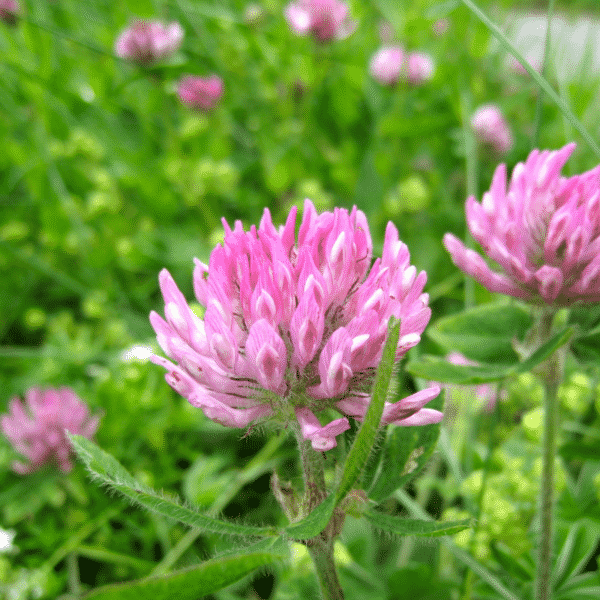
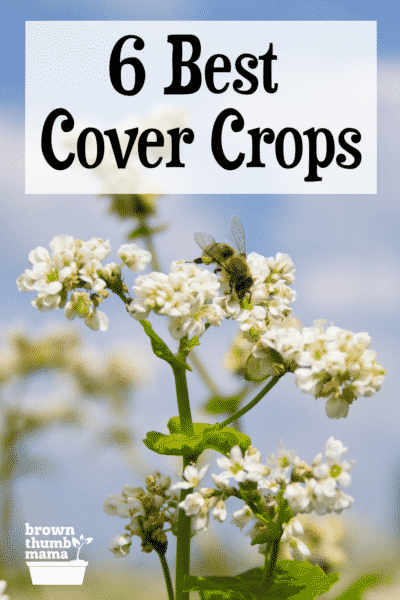
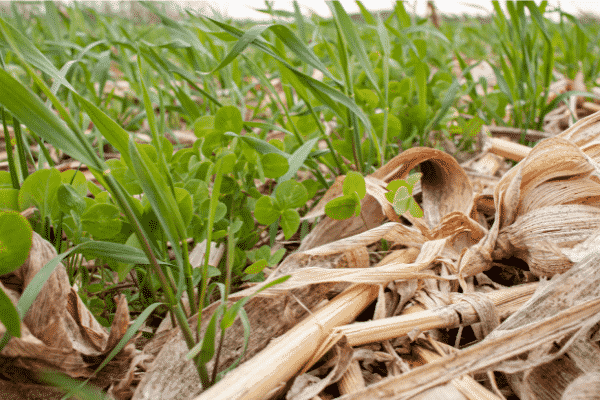
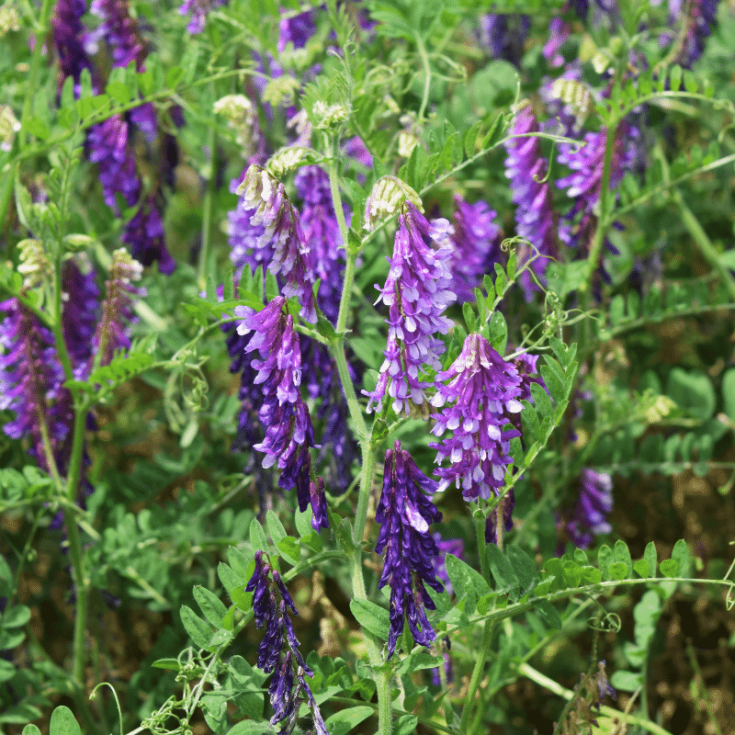

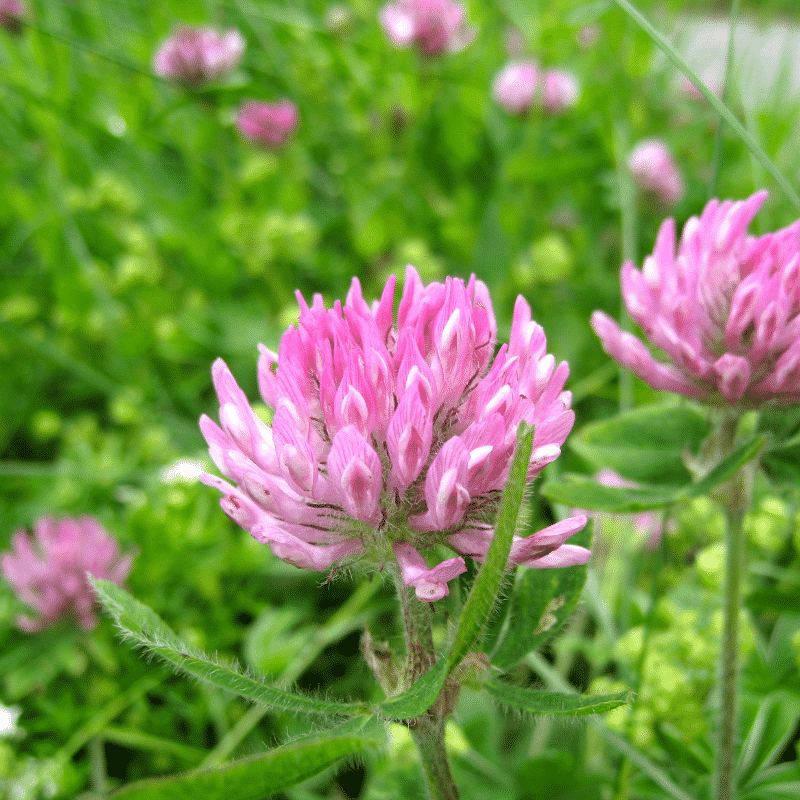



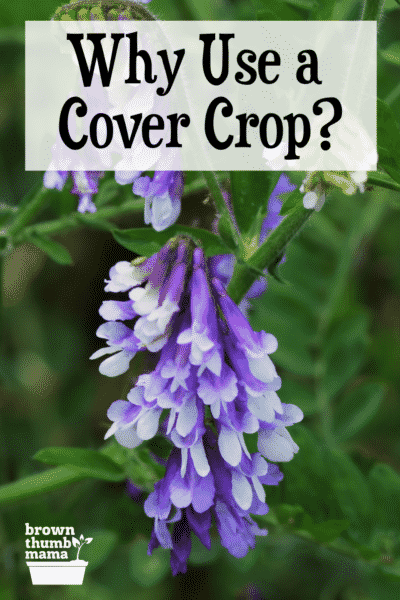

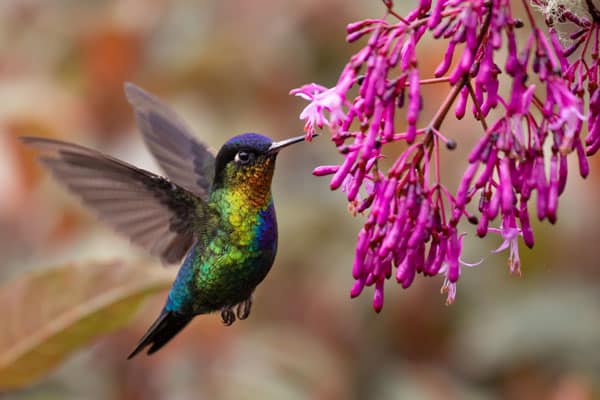

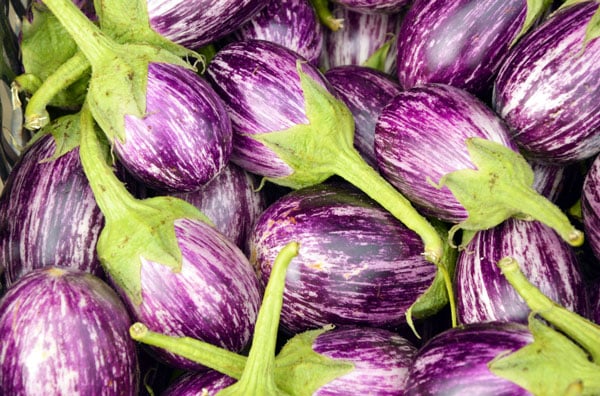
While you are growing your cover crop, harvest some of the clover for herb tea!
White Mustard is another green manure, and gives you the side benefit of lovely greens over part of the winter.The plants are really lush growing, and if you cut them back, they get thicker.Before whacking it all back to be plowed in, gather the flower buds. They are very similar to broccoli.(samefamily)
I always try to get my garden to multi task along with me 🙂